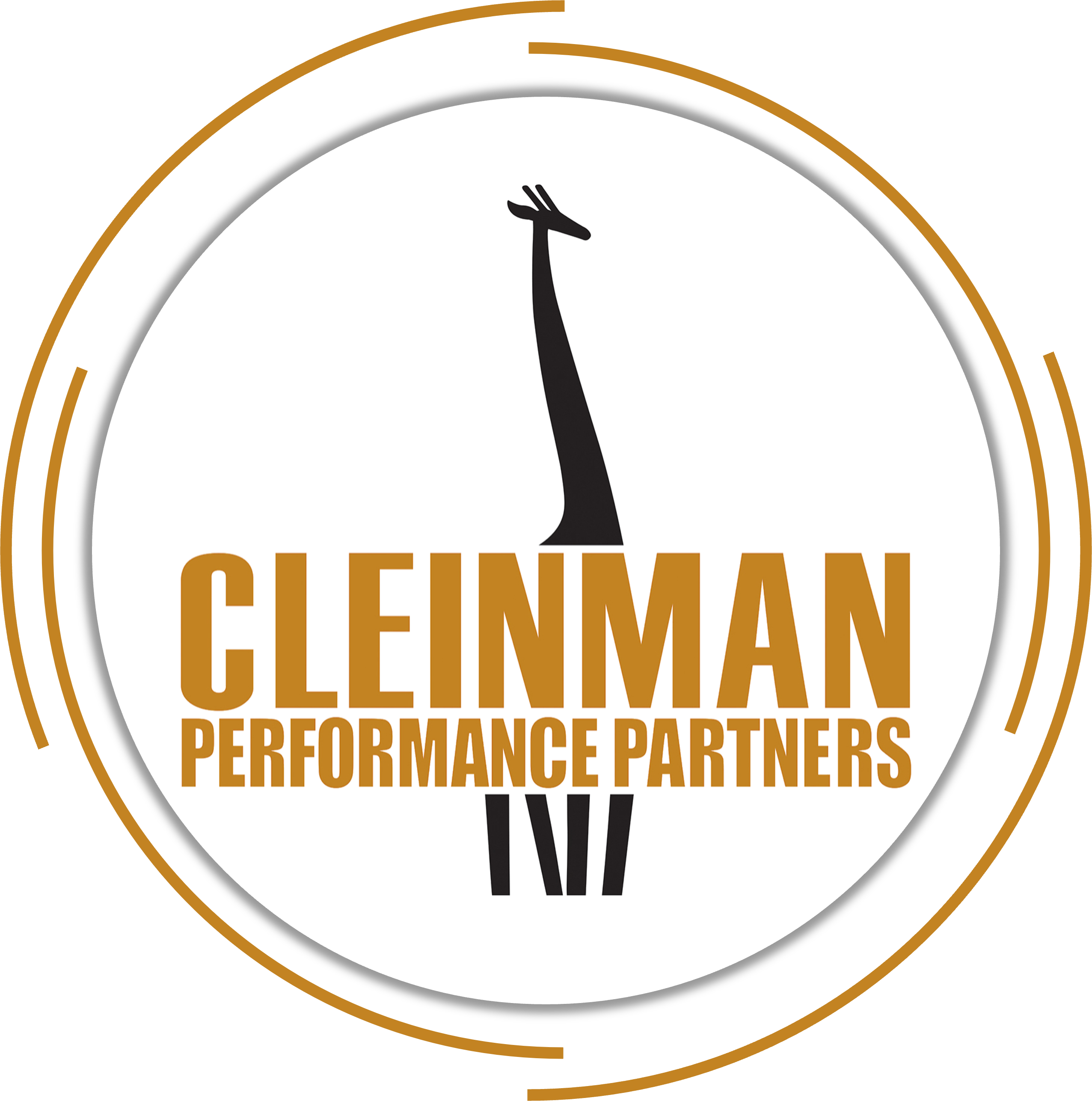Cleinman Performance Partners Weekly Message
Maximizing Time & Boosting Productivity – July 17, 2024
This week, we’ll hit number six of our top ten optometry challenges series: Managing Time and Improving Productivity.
Your responsibilities are numerous and varied. From patient care to leadership to managing administrative tasks to engaging with family and friends, it’s easy to feel overwhelmed. Managing time effectively and boosting personal productivity are crucial to providing high-quality care while maintaining a balanced, fulfilling professional and personal life…and earning a good living. Here are some practical strategies gleaned from our consulting files and my own obsession with personal productivity.
First and foremost, patient care should always be your top priority. To ensure you have ample time for each patient, you’ve likely implemented a well-structured appointment scheduling system. You’ve trained your front desk personnel to triage patient needs so that they book the appropriate amount of time for each patient. Using a mix of longer and shorter appointment slots allows for flexibility and the accommodation of urgent cases. Delegate every possible task to support staff, so that you’re maximizing the value of your time. With each task you perform, ask yourself “could someone else do this?” This delegation not only frees up your time but also empowers your team, creating a more efficient and cohesive practice and more fulfilling work for them. Shaving just two minutes off each comprehensive exam can result in the ability to see 1 additional patient per day, resulting in as much as an additional $100,000 in very profitable revenue!
Over my more than 50 years in business, I’ve looked hard at what slows me down. One area of massive impact is eliminating interruptions. Everything in my world, both professional and personal, is calendared. I don’t take unscheduled phone calls, nor do I make them. In your world, you do this effectively with patients, but for most of you that’s where calendaring ends. Become obsessive with blocking time for everything and you will uncover freedoms and reduce stress. The result will amaze you.
Leveraging technology is also essential. EHR systems, automated appointment reminders, and online patient portals can streamline administrative tasks. Using scribes, even those located elsewhere, reduces your paperwork burden and helps you focus more on patient interaction.
Setting clear, achievable goals is also a cornerstone of effective time management. As previously mentioned, I use my calendar to block time to work on specific projects. Each day I review my calendar to ensure that I’ve prioritized my work. Large tasks and those involving multiple people should be broken down into manageable steps with specific time blocks for each activity. This approach not only keeps you organized but also provides a sense of accomplishment as you check off completed tasks. As Abe Lincoln once said, “if I have a one-hour project, I’ll spend the first 45 minutes planning it.”
As you may have guessed, like you, I have lots going on in my life. I’m also somewhat ADD. For me, time blocking, when combined with a disciplined approach to calendaring, has become my most valuable time-management tool. Through effective calendaring, I minimize distractions and enhance focus. For me, everything of substance goes into my calendar. I’m strict about adhering to these time blocks, and I provide access to my calendar to my staff so they can schedule on my behalf. If I have an appointment somewhere or a plane to catch, I block the travel time in my calendar. Dinner with the wife…in my calendar. Email to respond to, in my calendar. Literally, most everything goes into my calendar. Eliminating interruptions and distractions has been a great stress reducer and productivity enhancer.
Optometry is a demanding field. Combined with one’s desire to have a personal life beyond the profession requires self-care so that you don’t get burned out. Prioritize your well-being by incorporating regular exercise, healthy eating, and adequate sleep into your routine. Schedule regular breaks throughout your day to recharge…even a two-minute breather helps. For me, a good 10-minute powernap does wonders.
Managing time and personal productivity requires a multifaceted approach. By prioritizing patient care, embracing technology, setting clear goals, implementing time blocks, minimizing distractions, delegating effectively, committing to continuous professional development, practicing self-care, fostering a positive work environment, and regularly evaluating and adjusting your strategies, you can enhance your efficiency and satisfaction in your professional life. These efforts will lead to better patient outcomes, a more cohesive team, and thriving practice.
Top producers among Cleinman Performance Network partner practices are generating over $1mm per year on a 4-day work week. Feel challenged to produce what you think you should? Reach out for a no-obligation discussion about strategies for improving your productivity…and profits.
